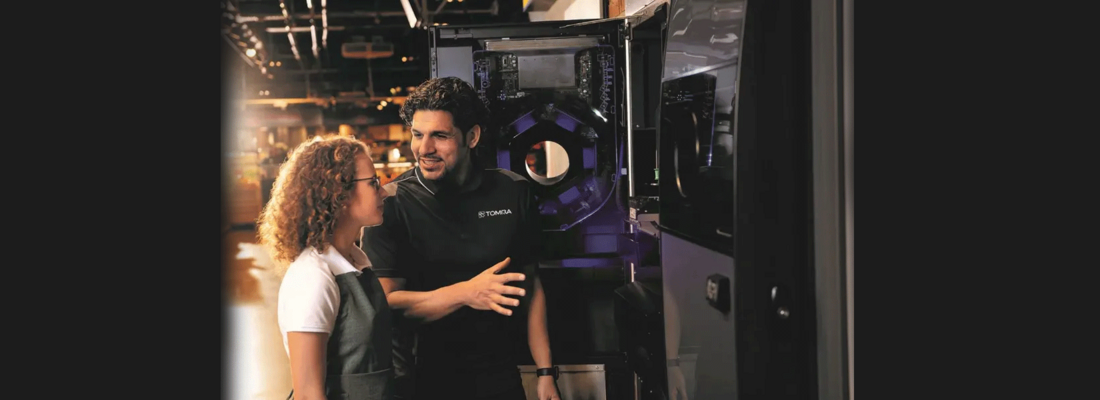“Retailers can get ahead of the pack at EuroShop, by learning more about the role of supermarkets and grocery stores in drink container recycling, upcoming deposit systems and the reverse vending equipment that retailers can use to participate in those recycling programs,” said Harald Henriksen, Head of TOMRA Collection.
During EuroShop, TOMRA will also preview concepts for the next generation of TOMRA reverse vending solutions, and release a report from its latest consumer research, investigating European consumers’ shopping habits and preferences around drink container recycling.
The company has 50 years' experience in deposit return, working in 40 deposit markets globally, in every part of the value chain. More recently, TOMRA has worked to roll out reverse vending infrastructure in new and expanded DRSs in Latvia and Slovakia (2022), The Netherlands (2021-2022), Australia (2017-2020), and Lithuania (2016).
What can deposit return systems mean for retailers?
DRSs work by adding a small deposit to the price of a drink, which is refunded to the consumer when they return the empty container for recycling. High-performing DRSs see up to 98% of drink containers returned for recycling; no other waste collection systems reach similar rates. DRSs are also a means to work towards the European Union’s Single-Use Plastics Directive, which sets out for member states to separately collect 90% of all plastic bottles by 2029. The newly proposed draft of the Packaging & Packaging Waste Regulation also makes deposit systems mandatory, including return-to-retail collection, unless that 90% target can otherwise be reached.
DRSs work by adding a small deposit to the price of a drink, which is refunded to the consumer when they return the empty container for recycling. High-performing DRSs see up to 98% of drink containers returned for recycling; no other waste collection systems reach similar rates. DRSs are also a means to work towards the European Union’s Single-Use Plastics Directive, which sets out for member states to separately collect 90% of all plastic bottles by 2029. The newly proposed draft of the Packaging & Packaging Waste Regulation also makes deposit systems mandatory, including return-to-retail collection, unless that 90% target can otherwise be reached.
Deposit systems often include “return-to-retail” legislation, requiring that stores selling beverage containers also take them back for recycling. Nine out of 10 of the world’s highest-performing DRSs employ return-to-retail collection, achieving an average return rate of 92%.
In a return-to-retail model, retailers attract store visits as consumers return their containers, and help recycle a retail product that can otherwise end up as litter. Retailers demonstrate their sustainability commitments and engage with their customers on issues they care about. Consumers also benefit from a return location that’s convenient and already part of their habits, making it as easy to return the containers as it was to buy them in the first place.
The role of reverse vending
To make container returns more efficient for both consumers and stores, DRSs often utilize “reverse vending machines” to automate the process. These machines instantly identify, count and sort eligible containers, and pay out the correct deposit refund – more efficiently than through manual, human handling.
TOMRA’s reverse vending portfolio has solutions for all types of customers, from the smallest convenience store to hypermarkets and the largest bottle depots, and for all types of DRS containers. TOMRA also provides digital tools and service to enable retailers of any size and type to put recycling to work for their store.






